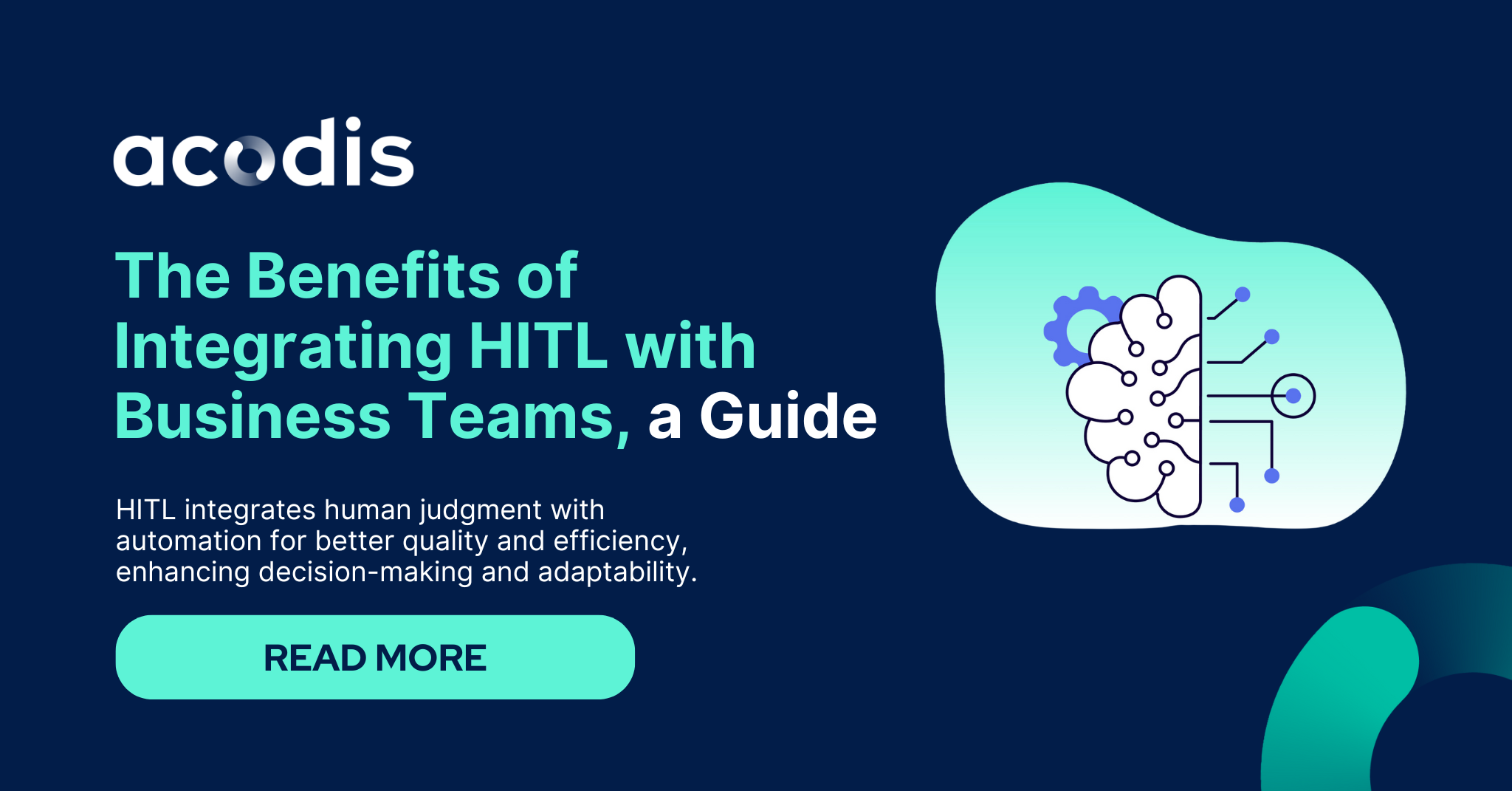There’s no question that technology has rapidly accelerated how much data is being created. With more information being stored electronically, and with businesses realising the value behind their data, it’s no wonder why processes like text mining are becoming topics of interest for many enterprises.
Table of Contents
- What is unstructured data?
- Examples
- What is text mining?
- Why is text mining important for businesses?
- Challenges faced with text mining

What is unstructured data?
Unstructured data is information that is not arranged according to a pre-set data model or schema, and therefore cannot be stored in a traditional database that many people are familiar with.
This type of data often contains a wealth of information that can be used to guide business decisions. However, unstructured data has historically been very difficult to analyse. Here are some examples below:
Examples of unstructured data:
- Emails
- Text files
- Digital media (images, videos, audio files)
- Communications (text messages, phone transcripts, chatbots)
- Social media / websites
So now that we have more of a rounded understanding of unstructured data, why do businesses need to pool their focus to mine it?
Firstly...
What is text mining?
Think of how corporations dig for valuable materials from the Earth, well, text mining is pretty much the same principle - except, instead of gold and oil, they are digging for data.
Text mining is the process of extracting useful data from the text by Artificial Intelligence (AI). The process uses NLP (Natural Language Processing) to convert unstructured data into structured data. This is needed for analysing and for machine learning (ML) algorithms.
Text mining also applies techniques such as categorisation, entity extraction, and sentiment analysis to transform the text into data that can be used for further business analysis.
Businesses can implement text mining in documents like:
- PDFs
- Call transcripts
- Customer surveys
- Online reviews
Etc.
Why is text mining important for businesses?
Text mining is a great support tool for enterprises because it can dig deeper (pun not intended) into information, and understand and identify relevant business insight from content. Furthermore, it can highlight connections between data within multiple types of documents that would otherwise go undiscovered using traditional tools or copy/paste methods.
Businesses are already relying on data to fuel most of their business decisions, and as the amount of information they manage continues to grow and diversify, the pressure to take advantage of it, even to digitise and automate it is accelerating.
Benefits of text mining include:
- Competitive intelligence
- Patent analysis
- Enhanced market research
- Better analysis of business data
Transforming unstructured data
Imagine this: You wake up, pick up your phone, and start scrolling through some of your applications. You visit your regular pages, leave a comment here and there, like some things. Then you go on to open your emails and read through some numbers from your team.
All of this is unstructured, raw data.
Without automated text mining, it is useless, because it’s unsearchable, there are no patterns identified, no keywords gained. It’s just «pen on paper» as they say.
But once you start text mining and organising this data, suddenly it becomes something useful for your enterprise – and not just for you, but for every team member.
Text mining example:
You can check your customer feedbacks, and screen through the words they’ve used the most, making it easier to decide how to change the communication or even prices.
Challenges faced with text mining:
While they can be easy to overcome, text mining has its own set of challenges. Let’s go over some common examples:
1. Pre-processing stage
Some people rush over to the pre-processing stage of text mining, which means that the rules that have been defined are not entirely accurate. This means that more errors will occur, and thus, the user will have to intervene more than necessary.
2. Multilingual text
Text mining tools are intelligent, but they’re not yet up to a human brain standard. While various techniques are used independently to support multilingual text, it can be confusing and «messy» for the AI to understand. It is always better, and faster, to separate languages into different documents.
Nonetheless, these issues are easy to overcome when you have the right tools in place and properly understand how to prepare the text mining.
Got any questions? Reach out to us and we’ll be happy to talk you through them – or simply use our Acodis bot to have a quick conversation.





